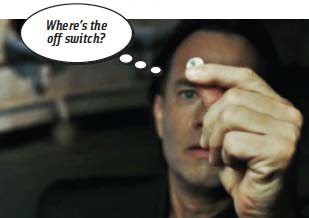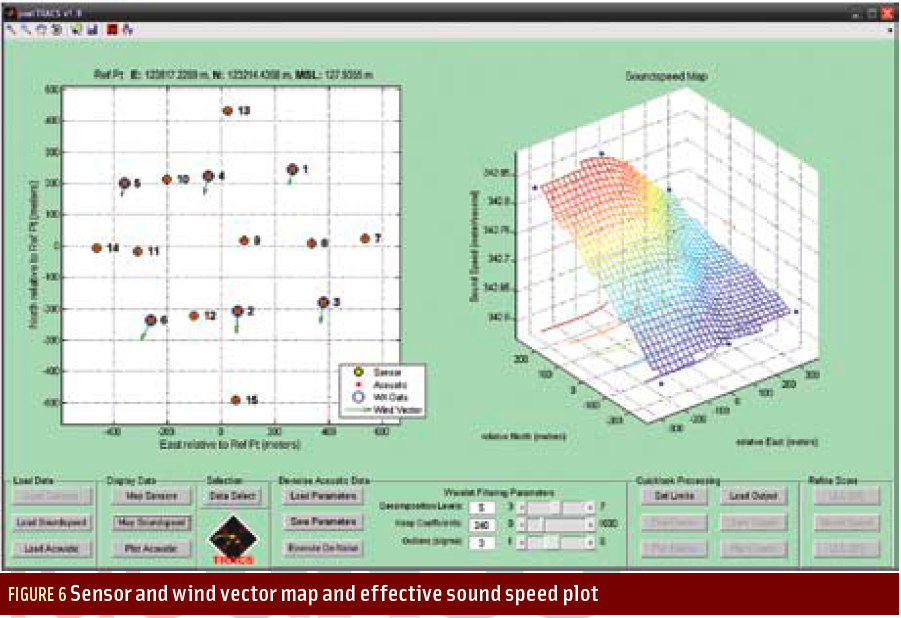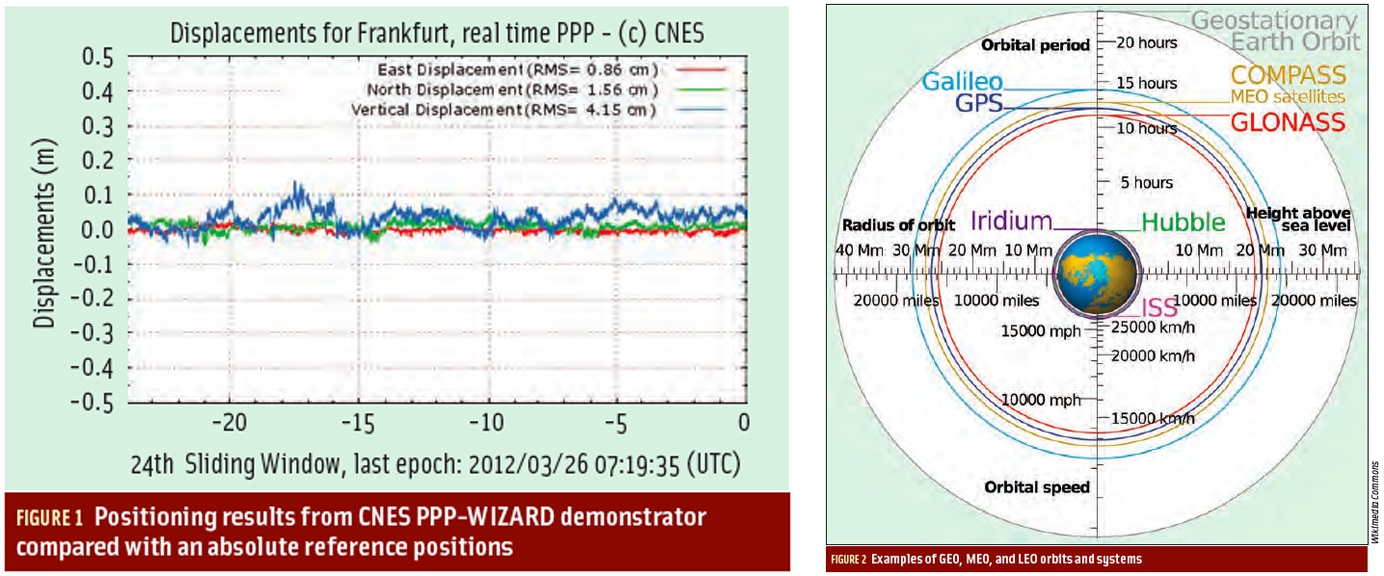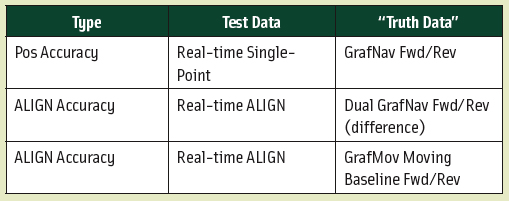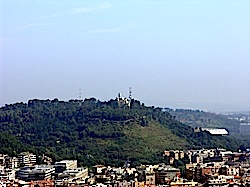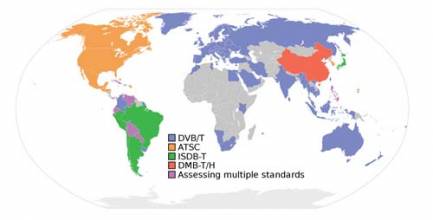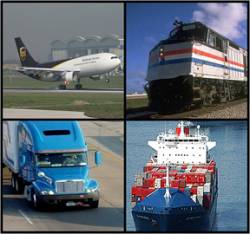LightSquared Fallout May Prompt Push for GPS Receiver Standards

The firefight between LightSquared and the GPS community has sparked regulatory brush fires around Washington with the Federal Communications Commission (FCC), Congress, a half dozen executive agencies, and numerous companies moving to address a new and likely larger battle over receiver standards, radio frequency spectrum efficiency, and RF spectrum protection.
By Dee Ann Divis

